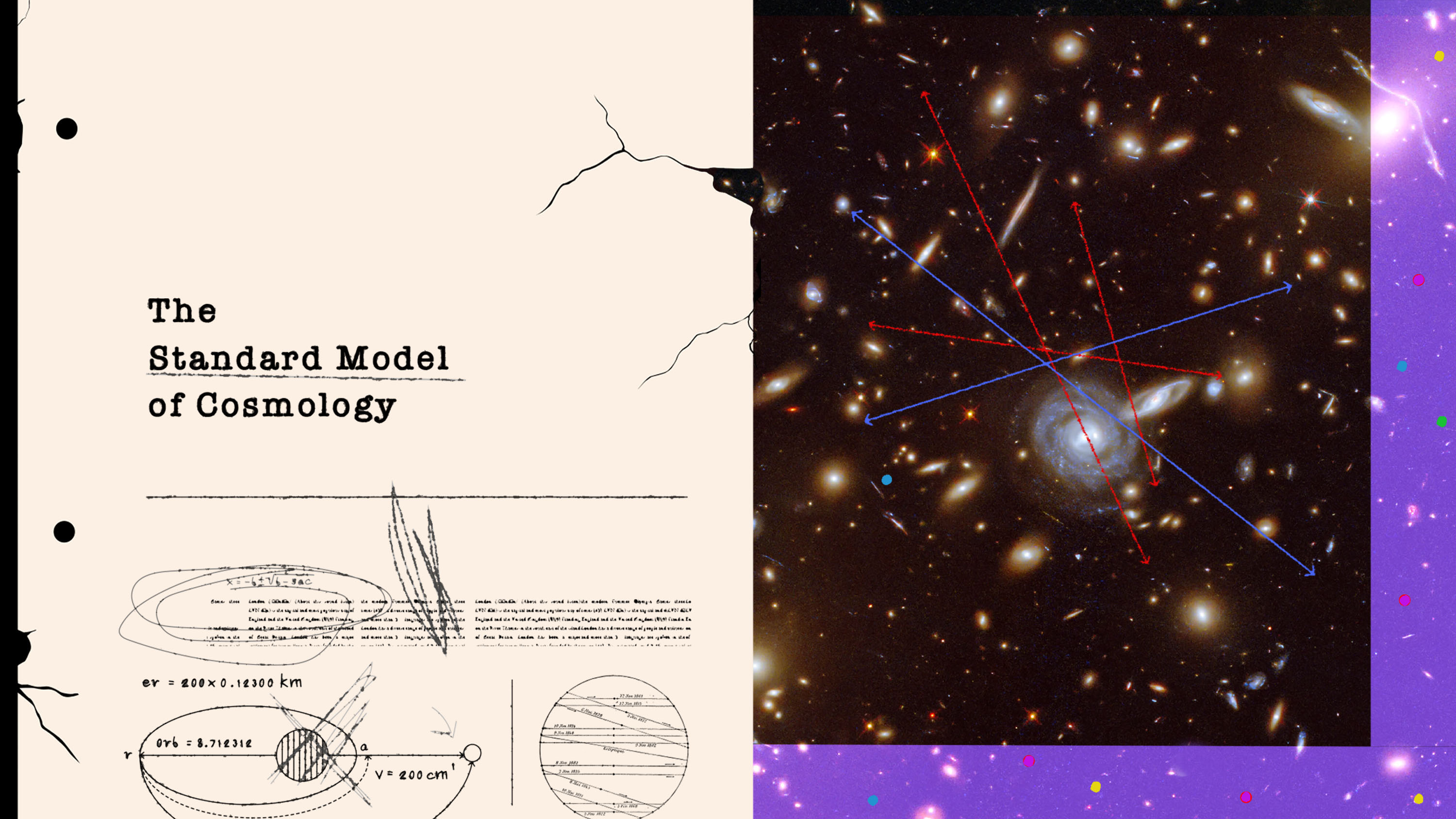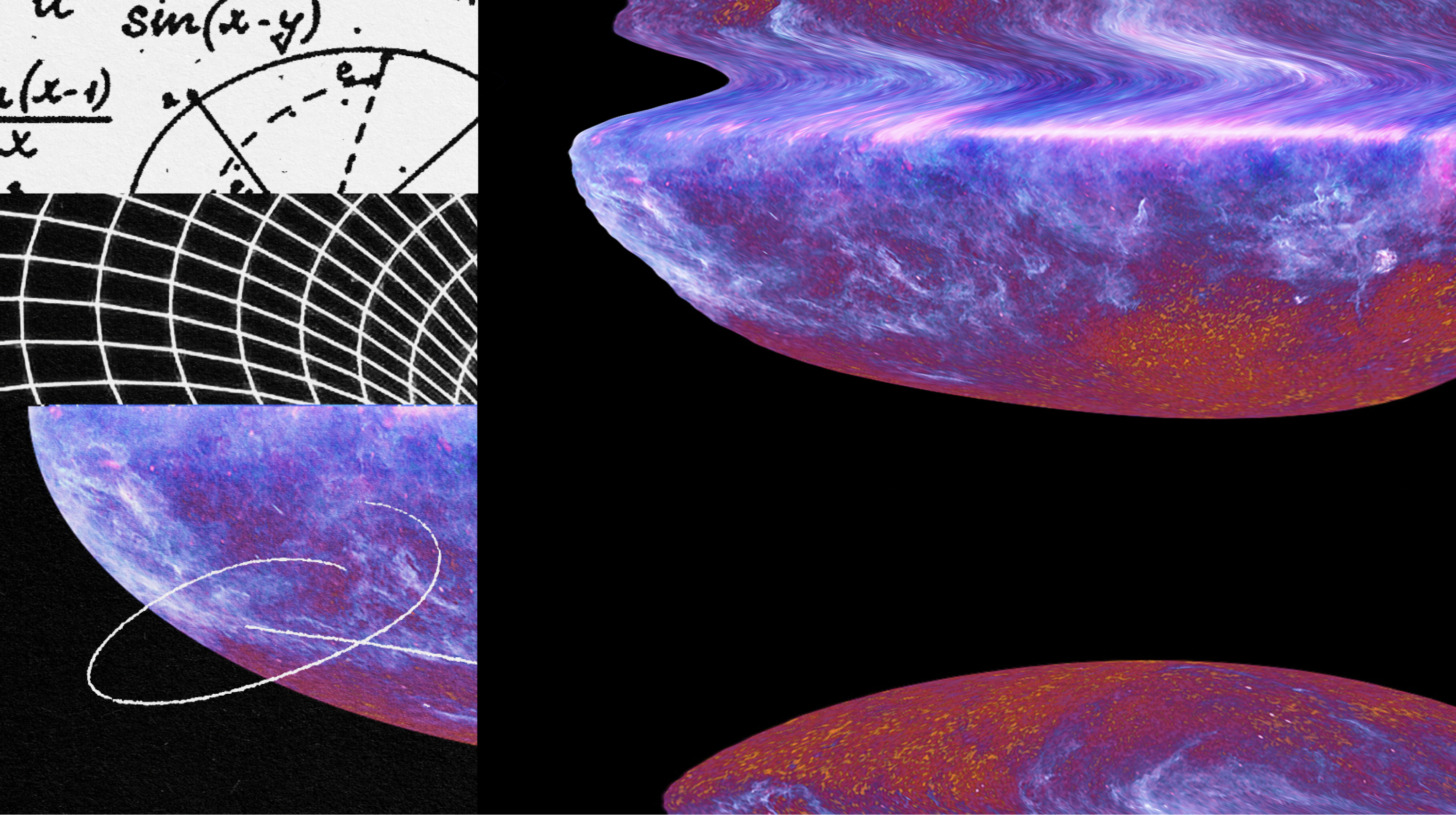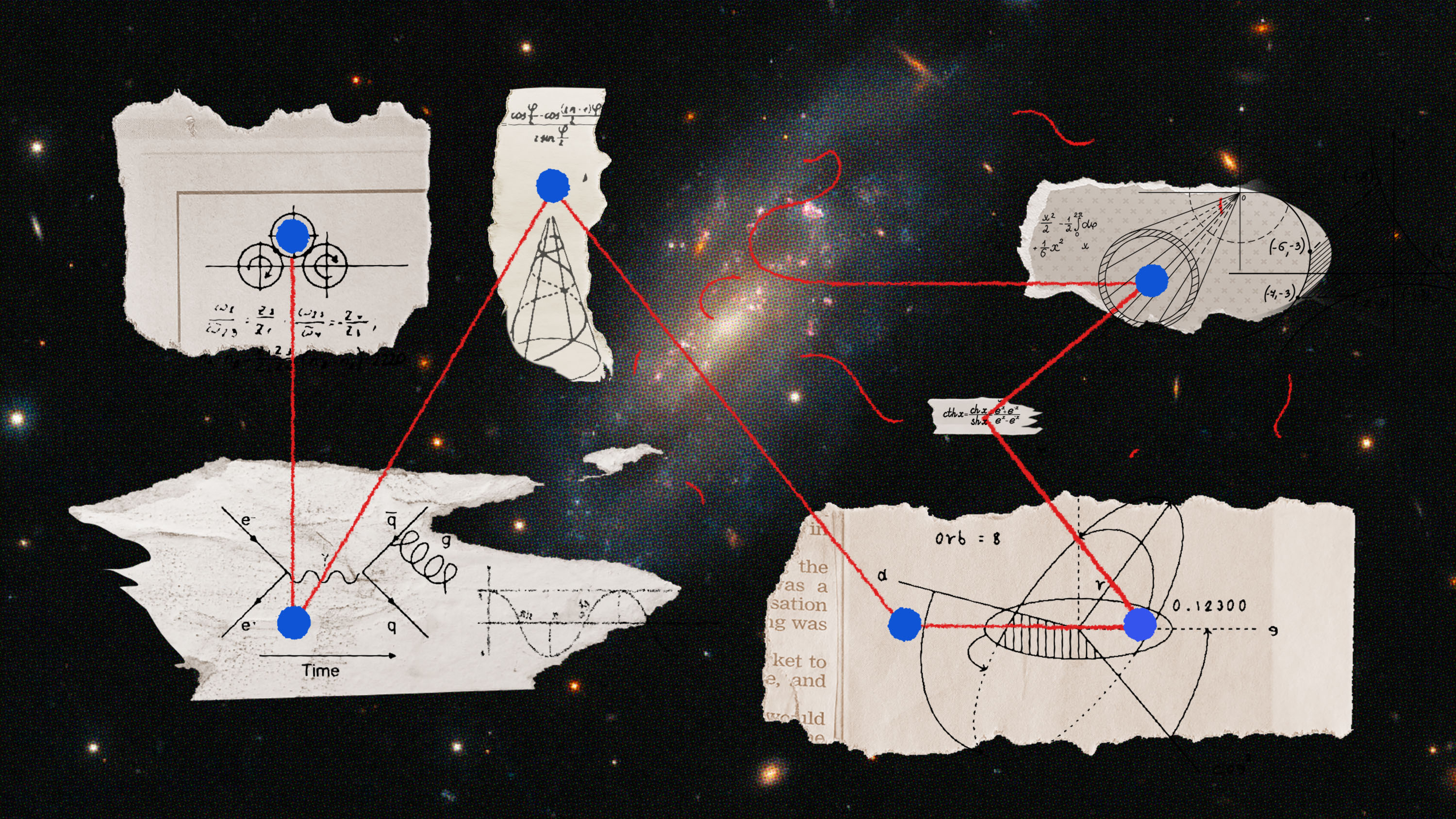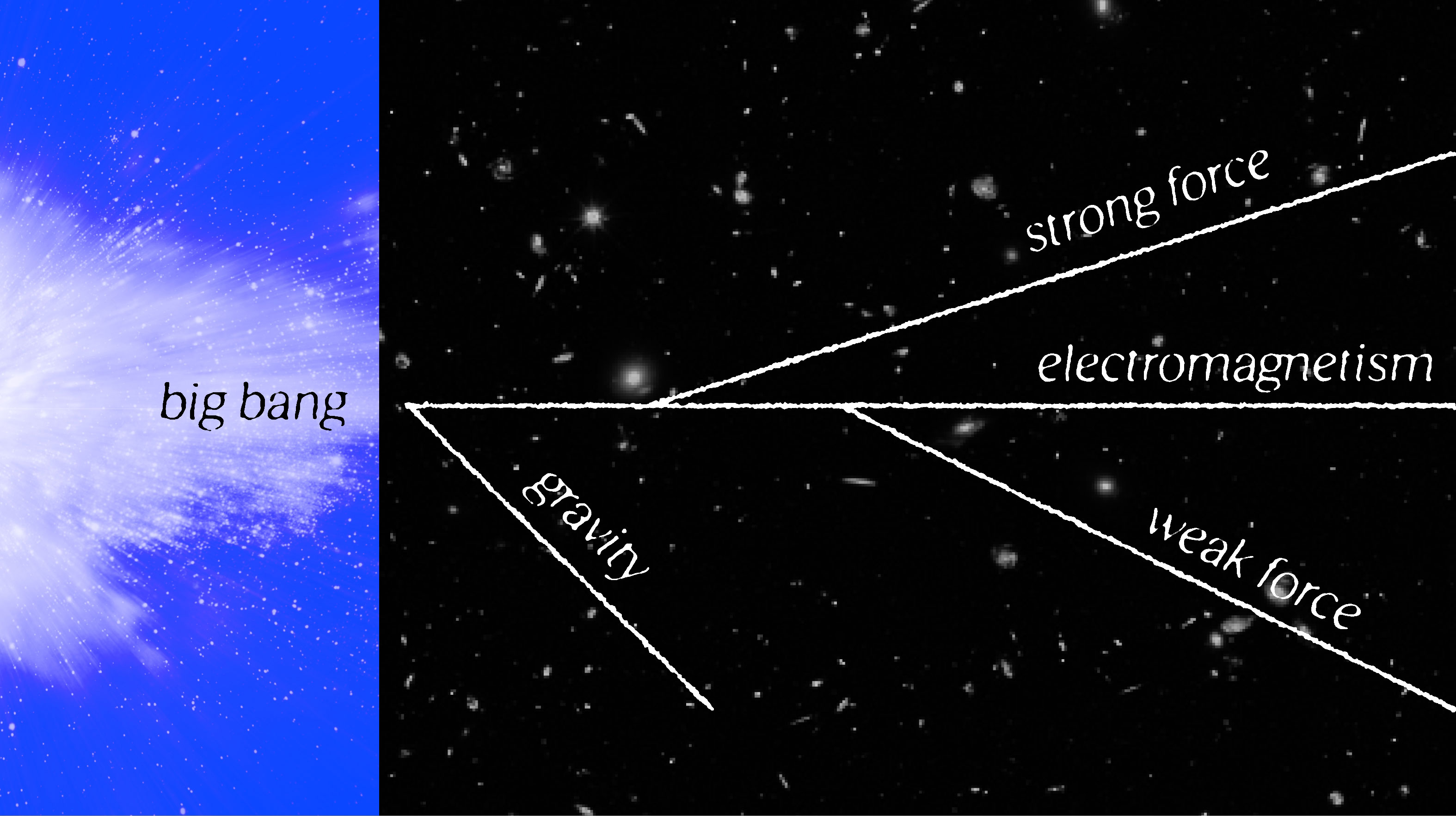Reimagining alien life: A new model focuses on function over form

- Semantic information refers to data that is meaningful to a system, and new research on the subject sheds light on exactly what makes life different from non-life.
- Traditional assumptions about alien life forms — which usually assume they are carbon-based and require water and DNA — may be too narrow.
- Taking an informational perspective could be a step in the right direction toward understanding life as a universal phenomenon.
Aliens. Everyone wants to know about alien life. Does it exist? If it does, what is it like? Answering these questions is the focus of my new book, The Little Book of Aliens. But while I was writing that work, I was also involved in new research that asked an equally important question that speaks directly to the question of life anywhere in the Universe: What is it that makes life different from non-life? A key piece of our research was published just this week and that’s what I want to introduce to you today.
Semantic information
Life is weird. It is completely unlike any other physical system in the Universe. One of the key aspects of living systems is their use of information. Sure, a black hole can be described in terms of the information encoded in matter that falls into it. But the black hole doesn’t use that information. Living systems, however, store, copy, and (most importantly) process information. They use it to accomplish their most important task: simply staying alive. All the molecular shenanigans occurring inside every cell evolved to make sure that the cell can sense its environment and respond in complex ways that keep the shenanigans ongoing.
The importance of information and life has been recognized by many researchers, such as Sara Walker and Paul Davies. They have pointed out how the key to understanding life as a physical system lies in understanding how this information-processing capacity arises and functions. In our research, we’ve been trying to understand what kind of information matters and how it matters. To do that, we’ve been focusing on the idea of semantic information. Semantics is another word for “meaning,” and what we’re trying to do in our work is parse out which information carries meaning for a living system and which is irrelevant. To that end, we’ve taken a pretty simple definition of meaning: the information that helps you stay alive. That’s the information that is meaningful.
Our new paper on the question of semantic information and life, called “Semantic Information in a Model of Resource Gathering Agents,” was published this week in PRX Life. It’s a journal in the prestigious Physics Review X series and very, very selective about the papers they accept. We had a great back-and-forth with the referees about the importance of our work (and that’s one of the reasons why the scientific referee process is so important; it makes the papers better). The lead author was our post-doc Damian Sowinski, who developed a simple model of a forager moving through an environment hunting for resources to keep it alive. While the basic model was simplified, the insights Damian pulled out of it were profound (to me at least).
By drawing from a theory by Artemy Kolchinsky and David Wolpert (Kolchinsky is one of our team members), we could show exactly which bits of information about the environment the forager used to maintain itself, and which bits simply didn’t matter. This was exciting by itself, but we could see hints of something else — something bigger that may hold clues as to how life works anywhere, even on alien planets.
The semantic threshold
For a system to be alive, it must forge connections, also called correlations, with its environment. It must sense and store where resources exist, and it also has to sense its own internal state. Is it satiated and does not need food right now or is it dangerously low on energy, needing the first piece of food it can grab? Knowing both its own state and the state of the world around it will determine its foraging choices.
By seeing how this process works from an informational perspective we also gained some insight into what was needed for that whole process to get established. A rock with a single sensor glued to it is not alive. A cell with its vast array of information-gathering machines is. Our results showed us how a sharp threshold seems to exist in the usefulness of bits as more and more of the semantic kind of information was added. We’re hopeful and excited that the threshold we found — the semantic threshold — might eventually lead to a deeper understanding of how life emerges from a soup of chemical reactions and physical processes.
So how does this relate to alien life? In our search for and (potential future study of) life that forms elsewhere in the Universe, we want to be agnostic about its underlying structure. That means we don’t want to assume it is carbon-based, needs water, or requires DNA. Taking an informational perspective is one way to achieve that agnosticism. We don’t need to think about what life is made of but rather what it does. One thing that seems like a good bet to be universal is that life processes information. That’s why our new results on semantic information and its thresholds may be a step in the right direction toward understanding life as a universal phenomenon.




